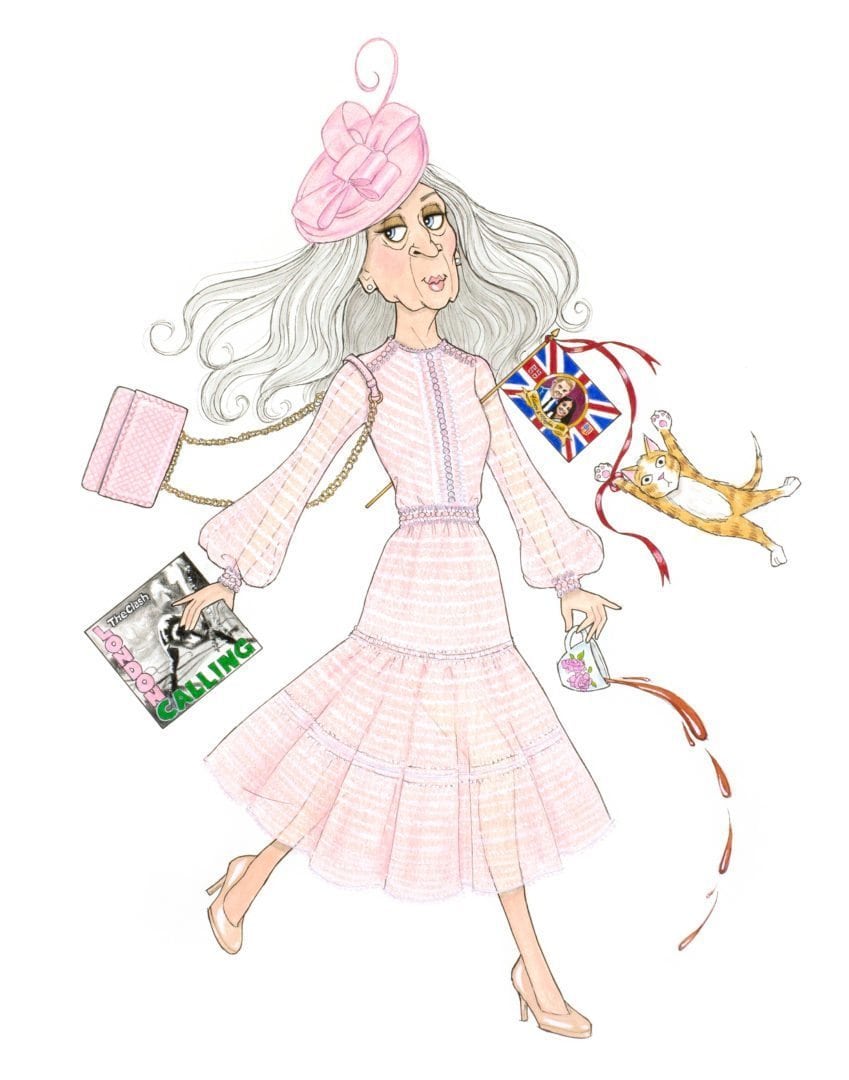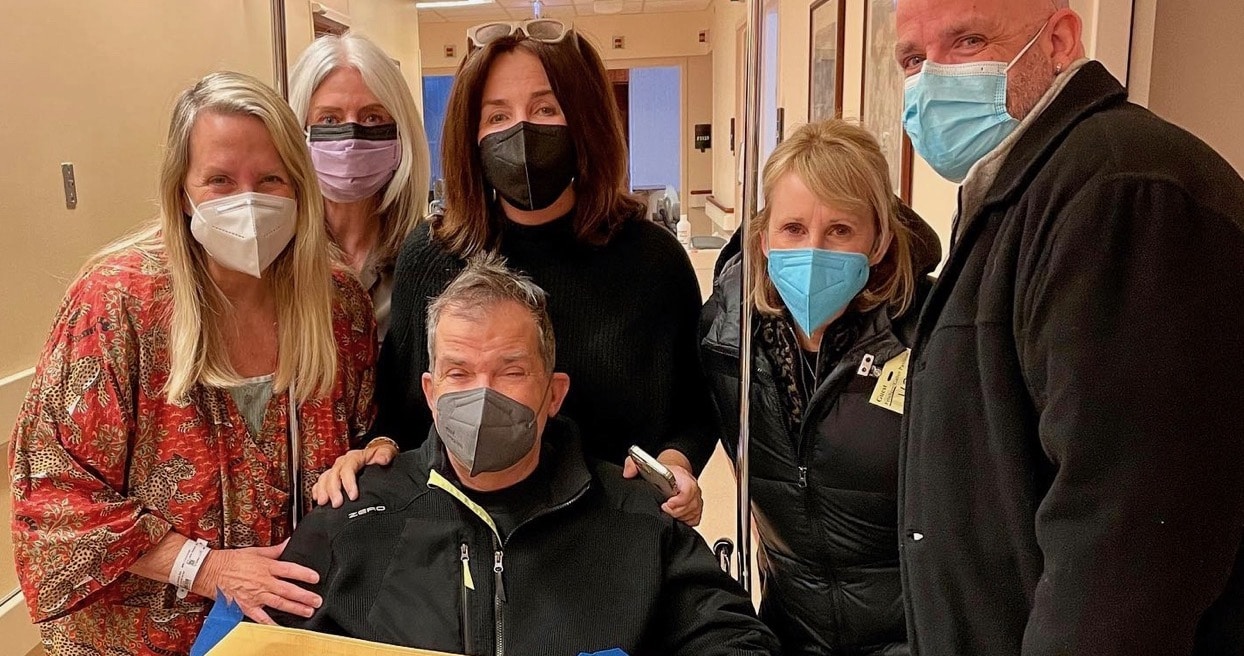It should come as no surprise that Teri Agins is one of the most well-respected and influential reporters in the fashion industry. She was the first reporter to develop the fashion beat at The Wall Street Journal, starting in 1989, which she covered until 2009. She continues to write the Journal’s popular “Ask Teri”column, answering readers’ questions about all things fashion.
“IT WAS VERY CLEAR TO ME THE KARDASHIANS WERE A SOUFFLÉ THAT WAS NOT GOING TO RISE, SO SEARS FINALLY PULLED THE PLUG.”
Teri Agins says she’s come full circle since her interest in journalism in Mrs. Rucker’s 9th grade journalism class in Kansas City, Kansas. “She knew I loved clothes, so she asked me to do a fashion column for the junior high school newspaper,” said Teri. “It came out eight times a year and was called “Teri’s Tips for Fashion Flair.”
While getting her degree in english and political science at Wellesley College, Teri interned at the Boston Globe in 1974. “It was the summer of Watergate. Even though we didn’t get to cover all of that,” said Teri, “It was very exciting. Very heady. I knew this was what I wanted to do. After graduation, my parents were of the school you should get a Master’s degree. My mother had gotten one.”
With money from the Ford Foundation, Teri went to Lima, Peru, where she lived in a boarding house and worked on her master’s thesis about the governmental takeover of the newspapers in Peru. After working as a freelance journalist in Brazil for five years, Teri returned to New York and went to work for the WSJ. Her first beats were small business, the court house and the news desk.
“I was smart, but I didn’t know anything about business. I had to start from scratch. I had an editor who took a piece of paper and said, ‘This is a stock.’ He tore it in half and said, ‘This is a stock split.’” As the junior reporter on the airline beat, Teri covered a number of airline bankruptcies. When the managing editor of the WSJ asked if she wanted to cover the fashion industry, Teri said “yes.”
“We didn’t have a dedicated fashion section then. Like every other reporter, I had to figure out how to get on page one. We had a lot of male readers, so I had to write stories about the fashion industry men would be interested in. I had to come up with my own stories; get to know bankers and retailers; get people to like me and tell me things I could develop into stories. I didn’t care what the clothes looked like, and my opinion had nothing to do with it. The best stuff comes when you follow the money.
“I recently wrote a story for The Business of Fashion about the Kardashian Kollection being quietly discontinued by Sears after only three years. It was hard to believe this line, which debuted in 2011, with so much buzz and promise, had deteriorated so rapidly. When I went back in 2013, I couldn’t believe how bad the clothes looked. They were made of shiny, flimsy fabrics, worse than Halloween costumes.”
In both of her juicy, behind the scene books, Teri Agins takes off the gloves, peels back the façade and follows the money. If you want a great summer read, check out her 2014 book, Hijacking the Runway: How Celebrities are Stealing the Spotlight from Fashion Designers or her first book, The End of Fashion: How Marketing Changed the Clothing Industry Forever.

















